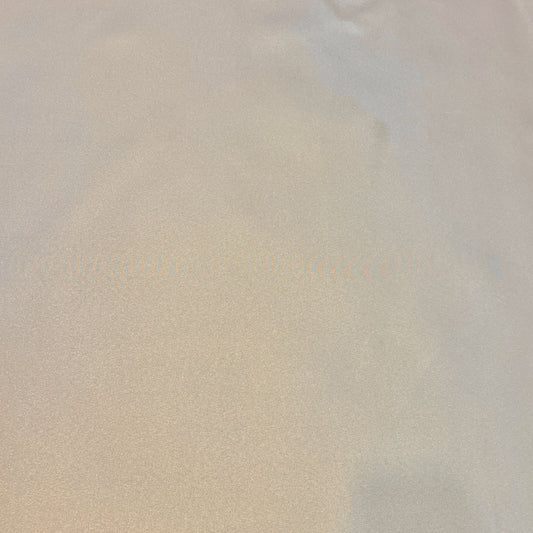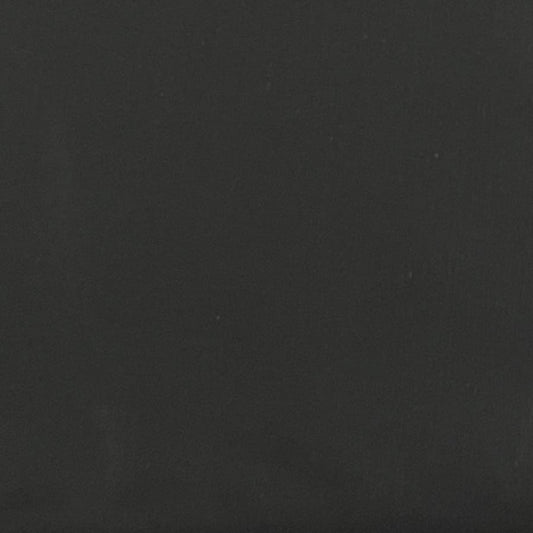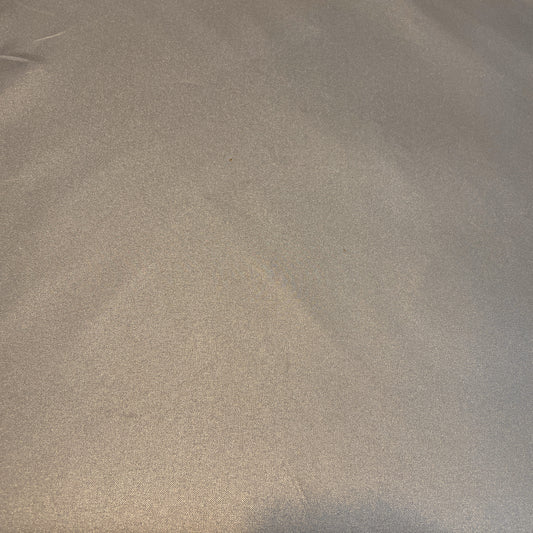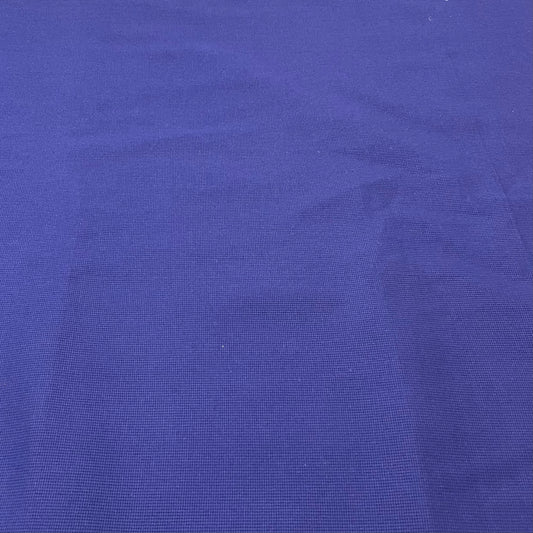The fashion realm, often interwoven with allure and pioneering designs, also bears a profound environmental toll. From exorbitant water usage to chemical contamination, conventional fabric manufacturing has long exacerbated ecological decline. Yet, the transition towards sustainable textiles heralds a promising antidote.
Sustainable fabrics, crafted from eco-conscious materials and methodologies, are poised to alleviate environmental impacts. Below are some compelling advantages of sustainable fabrics for the ecosystem.
1. Diminished Carbon Footprint
A paramount benefit of sustainable fabrics is their prowess in curtailing carbon emissions. Traditional textile production, notably synthetic fibres like polyester, is heavily reliant on fossil fuels, engendering substantial carbon output.
Conversely, sustainable fabrics such as organic cotton, bamboo, and hemp are derived from renewable resources and necessitate less energy. For instance, organic cotton cultivation eschews synthetic pesticides and fertilisers, markedly reducing its carbon footprint compared to conventional cotton.
2. Water Conservation
Water scarcity is an escalating global crisis, with the fashion industry as a major water consumer. Conventional cotton production is especially water-intensive, demanding roughly 2,700 litres for a single t-shirt. Sustainable fabrics, however, significantly lower water consumption.
Organic cotton, for example, depends more on rainwater than irrigation. Additionally, avant-garde materials like recycled fibres and Tencel (crafted from sustainably sourced wood pulp) require minimal water in their production, safeguarding this invaluable resource.

3. Mitigation of Chemical Contamination
The chemical usage in fabric manufacturing wreaks havoc on the environment. Conventional cotton farming utilises copious amounts of pesticides and synthetic fertilisers, contaminating soil and water bodies. The dyeing process for synthetic fabrics often involves noxious chemicals that infiltrate waterways, endangering aquatic life and ecosystems.
Sustainable fabrics, however, champion organic farming techniques and eco-friendly dyes. For instance, organic cotton is cultivated sans harmful pesticides, and natural dyes mitigate the chemical burden on the environment.
Read More: Know the Impact of Sustainable Fabric on Environment
4. Fostering Biodiversity
Sustainable fabric production bolsters biodiversity by preserving ecosystems and enhancing soil vitality. Conventional agricultural practices, including monocropping and intensive chemical use, degrade soil quality and diminish biodiversity.
Sustainable textiles, especially those sourced from organic farming, promote crop rotation and natural pest control methods. These practices augment soil fertility and establish a balanced ecosystem, supporting a diverse range of flora and fauna.
5. Waste Reduction
The surge of fast fashion has precipitated a spike in textile waste, with millions of tons of clothing relegated to landfills annually. Sustainable fabrics are often more robust and designed for durability, mitigating the frequency of garment disposal.
Furthermore, many sustainable textiles are biodegradable or recyclable. For instance, fabrics made from natural fibres like organic cotton, linen, and hemp decompose significantly faster than synthetic materials, reducing long-term environmental repercussions.

6. Energy Efficiency
The production of sustainable fabrics typically demands less energy compared to conventional textile manufacturing. Synthetic fabrics such as polyester are derived from petroleum, an energy-intensive and ecologically harmful process. In contrast, natural sustainable fabrics like organic cotton, bamboo, and hemp are produced with lower energy inputs.
Moreover, innovative sustainable fabrics like recycled polyester, fashioned from post-consumer plastic waste, substantially diminish energy consumption by repurposing extant materials.
Read more: Top 5 Myths about Sustainable And Fabrics
7. Upholding Ethical Practices
Sustainability in fashion often intersects with ethical production practices. Sustainable fabric manufacturing typically ensures superior working conditions for farmers and factory workers. By opting for sustainable fabrics, consumers can endorse companies that prioritise fair wages, safe working conditions, and community development. This ethical stance contributes to social sustainability and fosters a more equitable fashion industry.
8. Advancing Circular Economy
Sustainable fabrics are pivotal in promoting a circular economy, where materials are reused and recycled to minimise waste. Fabrics such as recycled polyester and upcycled materials exemplify how waste can be transformed into valuable resources.
This paradigm not only reduces the demand for virgin materials but also attenuates the environmental impact associated with textile production. By integrating sustainable fabrics into a circular economy framework, the fashion industry can advance towards a more sustainable future.

9. Elevating Environmental Consciousness
The burgeoning popularity of sustainable fabrics is elevating environmental awareness among consumers and industry stakeholders. As more individuals become cognizant of the environmental ramifications of their clothing choices, there is an amplified demand for transparency and sustainability in fashion.
This shift in consumer behaviour galvavnizes brands to adopt more sustainable practices, engendering a ripple effect that benefits the environment.
10. Innovative Sustainable Textiles
The advent of innovative sustainable textiles is redefining eco-friendly fashion. Materials such as Piñatex (crafted from pineapple leaf fibres), Mylo (a leather substitute derived from mycelium), and Econyl (regenerated nylon from ocean waste) are revolutionising the industry. These pioneering fabrics offer sustainable alternatives to conventional materials, diminishing environmental impact and inspiring further innovation in sustainable fashion.
Read more: Exploring 5 Fashionable Outfits Tailored with Linen Fabric
Conclusion
The benefits of sustainable fabrics for the environment are multifaceted, from lowering carbon emissions and conserving water to mitigating chemical contamination and upholding ethical practices.
By embracing sustainable fabrics, the fashion industry can substantially reduce its environmental footprint and contribute to a more sustainable future. As consumers, selecting sustainable fabrics empowers us to make a positive impact, fostering a healthier planet for generations to come.
The pivot towards sustainability in fashion is not merely a trend but an essential evolution towards a more responsible and ecologically friendly industry.
 Call Us
Call Us















